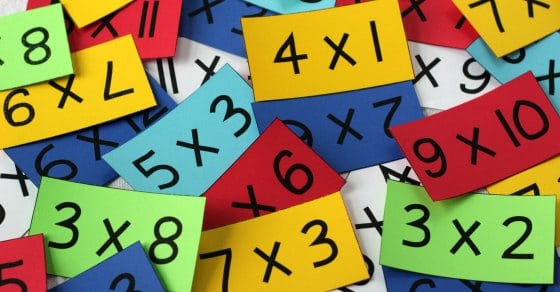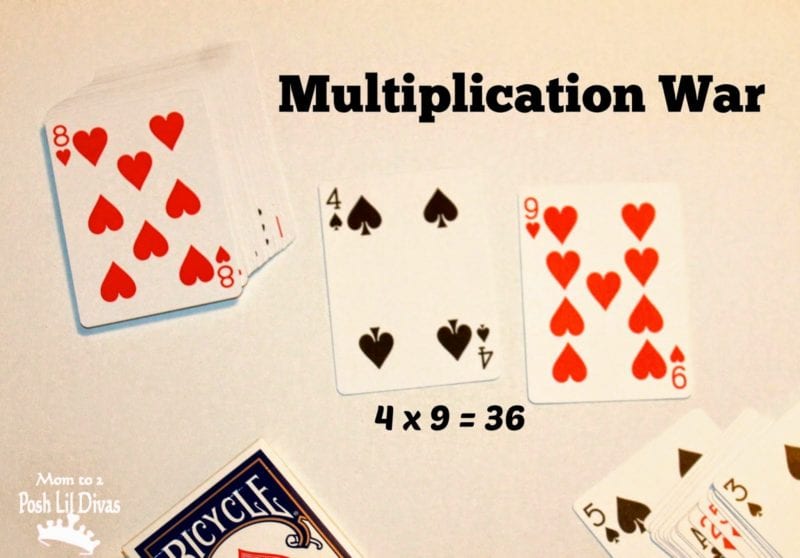A Peek at Our Weeks

Literacy
Reading & Writing
In March, students will work on strengthening their reading responses. In class, we use the Answer Sandwich to help us.
The Answer Sandwich helps students structure their reading responses so that they are meaningful and are providing evidence from the text to help them justify their answer. This is a helpful way to help our grade 3s prepare for the provincial testing in May (EQAO).

FROM THIS...
Why is Wayne Gretzy considered a hockey "great"?
because he was a very talented hockey player.
TO THIS...
Wayne Gretzky was considered a hockey "great" because of his natural talent and exceptional hockey skills. For example, Wayne led the NHL records for many years in points, and helped lead the Canadian Olympic team to victory twice! Furthermore, Gretzy had a natural instinct for the game, and seemed to "see the play" unlike any other. For these reasons, Wayne Gretzy was considered a hockey great by many.
Writing Forms in
March
1. Persuasive Writing
Students are learning how to develop effective arguments in order to convince others to take on their point of view.
This week, students chose their favourite "Super Hero", and are working on persuading others to see why their super hero is the best of them all.
With March break approaching, next week the students will choose their dream vacation, and write a letter to parents about why they should consider this spot as their vacation destination!

* We use the following "OREO" cookie format to help students effectively organize their arguments.

General Programming
Our literacy program involves guided (small group instruction with the teacher), shared, and independent reading and writing opportunities. When reading independently, students should be choosing books that are "just right" for them. These are the books where we do our best learning. With Just Right books, there are some new words to learn, but not enough to interfere with our understanding of the text. With Just Right books, we are making inferences, making connections, asking questions, predicting, and synthesizing information as we read.
While still building fluency in reading, students in grade three & four are focusing on the THINKING that happens when we read. These are the reading comprehension strategies (visualizing, making connections, asking questions, predicting, synthesizing, using prior knowledge and inferencing).
Visualizing:
When reading, we are noticing the descriptive vocabulary authors use. We will learn how to identify "triple scoop" words and phrases, and how authors use techniques such as similes, metaphors and idioms. We will then discuss the "movies in our minds" that are created as a result.
Inferencing
Often times, the author does not come right out and say that a character is brave, loyal or honest. Instead, they leave clues in the character's actions, words or in the pictures, and the reader is left to "infer" these character traits. We will be focusing on inferencing over the next several weeks in our readind responses. Students will learn how to use proof or evidence from the text to help suppprt their inferences about character traits, plot, and setting.
WRITING:
General Programming:
This year, students in both Gr. 3 & 4 will learn how to organize and write effective paragraphs, recounts, procedures, persuasive texts, letters, poems, reports and narratives. These are the writing forms. They will also learn to develop the important traits in their writing, such as voice, word choice, ideas, and sentence fluency. Our writing program will also incorporate the mechanics of writing such as spelling, grammar and
punctuation.
Writing Traits
Word Choice
In the Fall term, we examined how our word choice impacts our writing. Our goal was toreplace "wimpy" overused words, with "strong" word choices. We call these "triple scoop" words in class. In March & April, we will use what we have learned about effective word choices in order to develop interesting narratives!
We also learned how to use techniques/tools such as similes, metaphors, and idioms as ways to describe vividly. Students have learned how to write more powerful sentences. They learned how they can "SHOW, not tell" when they are writing. For example, if someone is afraid...Instead of writing .....It was dark, and my brother was afraid to go upstairs. Write this instead...With a lump in his throat, my brother hesitated, before slowly making his way up the darkened staircase.
Descriptive language engages the reader, and helps them create a more vivid picture in their mind when they are reading.
How You Can Help in
Literacy...
Please set some time aside to read with your child each night. It is SOOOO important at this age to build their fluency as a reader, writer and speaker. This is the most important way to help your child with their literacy skills at home!
When reading with your child, also ask questions that encourage them to make inferences, and to make connections with other texts or with their own experiences and the text. Encourage your son/daughter to make DEEP connections, where they fully explain the connection, and communicate how it helps them better understand the plot/characters.
How you can help with
writing....
Have your son/daughter write a descriptive paragraph using the "Paragraph Hamburger" to help guide them. Ideas include....their favourite sport/hobby, favourite team (Toronto Maple Leafs), favourite holiday, a pet etc. Encourage them to include supporting detail and descriptive vocabulary!
* We'd love to hear them share their writing in class!
* Help your child practise their weekly words. They are always assigned on Mondays, and follow a specific spelling pattern.
Spelling tests will be on
Fridays.
Numeracy
March Concepts &
Strands...
Geometry
3-D Geometry ... identifying 3-D solids, characteritics (edges, vertices, faces), comparing & sorting 3-D shapes
-difference between a pyramid and a prism
-how the shape of the solid helps us name the solid
-relationships between the number of edges on a base, and the number of faces, vertices & edges in total

-2-D Geometry identifying, sorting and comparing based on characteristics such as number of faces, sides, vertices, shape of faces, number of congruent faces etc...
-line symmetry
-congruent vrs. similar shapes
-transformational geometry (translations, reflections, rotations)

-Angles ... Gr. 3 recognizing obtuse, acute or right angles. Gr. 4 measuring angles using a protractor.
Practice, Practice,
Practice!
The best way to help your
child at home in math is to
help them memorize the
addition, subtraction and
multiplication facts. This can
computer games, dice, or card
games.

Memorizing these facts
will be a HUGE help
for them as we
progress into multi-
step math problems,
and many concepts
taught later on in the
year.
How can we practice?

Or...
Break larger facts into smaller ones. For example...

What is "Mental Math
..
We have been having daily "Number Talks" in class to help strengthen our mental math skills. Our Number Talks focus on developing and sharing various strategies to help us solve equations.
One example..
E.g., #1 24+8=
In my head
E.g., #2 - Using Place Value
Thinking & Application
(Problem Solving)
We will learn how to apply the math concepts taught in each unit through various
To help, we use the 4-Block Problem Solving Organizer. This organizer helps students understand what is being asked, breaks down the problem into steps, and then encourages them
For example...

COMING UP NEXT in
April
Multiplication & Division
Other

-we will compare the lifestyles of the First Nations People from this area, and the early settlers. We will explore how the First Nations helped the early settlers adapt to their new homeland, and compare their differing lifestyles. We will take a look at family roles, housing, transportation, entertainment, and jobs. Students will then choose a topic they would like to further explore and conduct an inquiry on that topic.
Physical Education
Phys. Ed.

Music
French
Students in Gr. 4 will begin to learn the French language this year! French
Drama